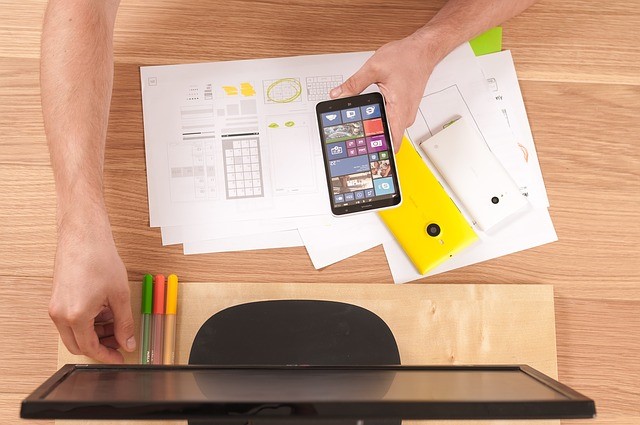
Here’s the scenario: You invest in the creation of communications materials—presentations, brochures, posters and signage, videos or other multimedia, content for the web and more—for a specific need or event. Maybe it’s an investment of the time of internal resources, or maybe it’s the cost of external support (or maybe it’s a little of both). Your project is a great success, the event takes place, and you move on to the next urgent project with the sense of satisfaction that comes from a job a well done. Except…six months to a year from now, those materials are obsolete and must be produced all over again…or a similar need arises and your organization ends up reinventing the wheel and producing a whole new set of communications materials from scratch. Not exactly the best use of your organization’s time and money.
With forethought, planning and communication, you can extend the lifespan of your communications materials to make the most of your investments. Here are some practices to consider as you develop new projects, or revisit existing ones:
- In your content, be specific where you must, and less so where you can. For example, McDonald’s famous “golden arches” around the world now read, “Billions and Billions Served.” It’s an impressive-sounding fact—and there’s no need for McD’s to shoulder the cost of updating signage worldwide every time it sells another billion burgers. Consider this approach any time you’re incorporating figures into communications. Some materials, like investor or executive presentations, will obviously need to be exact, and can readily be updated when needed. But other materials might fare just fine with estimates like “1,000+ sales reps” or “more than 40% of the market,” particularly when you’re producing a big-ticket item like a video or signage that will be time-intensive and costly to update.
- Consider modular communications that separate static and dynamic content. For example, a printed flyer can direct readers to more detailed content online, which can be continually and easily updated. A glossy, high-quality brochure that must be offset printed can include a pocket for frequently updated sales collateral that reps can download from the portal and print on demand.
- Communicate with internal and external partners. Stay in contact with others in your organization who might already have invested in materials you can re-leverage, or who might benefit from reusing your materials, saving the company time and money. If you’re working with an external provider, make those team members aware of your desire to reuse the deliverables or extend their useful life. Your communications consultant or agency should be knowledgeable and proactive about recommending formats, physical materials or approaches to maximize reusability.
- Know your priorities. There is a balance between making content relevant and reusable. Sometimes, you will be able to achieve both. In other cases, the business’ need for up-to-the-minute content or a fresh campaign will trump the budget or your internal team’s workload, or vice versa. It’s about knowing the objectives of your business and your communications project and working smarter to achieve them.
By proactively seeking to extend your projects’ useful life, you can ensure that your communications investments pay dividends in the form of improved efficiency, increased productivity, better consistency and continuity of communications, and decreased costs. And that’s an approach you can take to the bank.
Author: Kate Tomasco

